European Lung Cancer Congress 2024
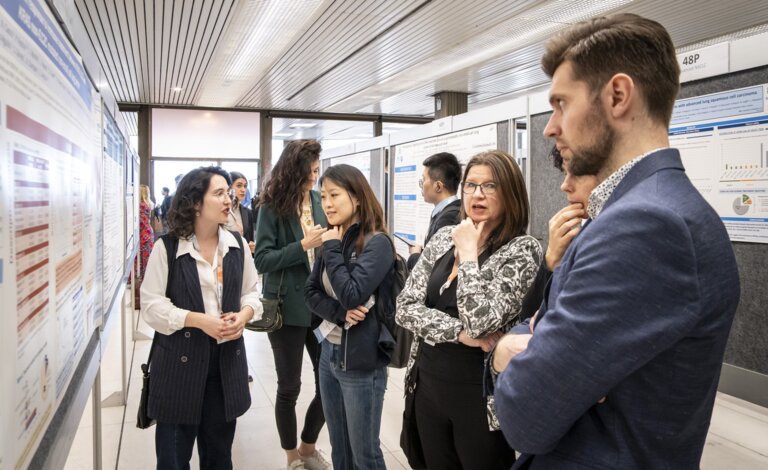
A study shows correlation between fatty acids intake and response to immunotherapy
Dietary regimens may alter the microbiome composition, increasing bacteria with a beneficial immunogenic effect

Concomitant immunotherapy plus chemoradiotherapy does not improve outcomes in advanced lung cancer
A study reports no significant survival benefits with the concurrent treatment with durvalumab in patients with unresectable stage III NSCLC
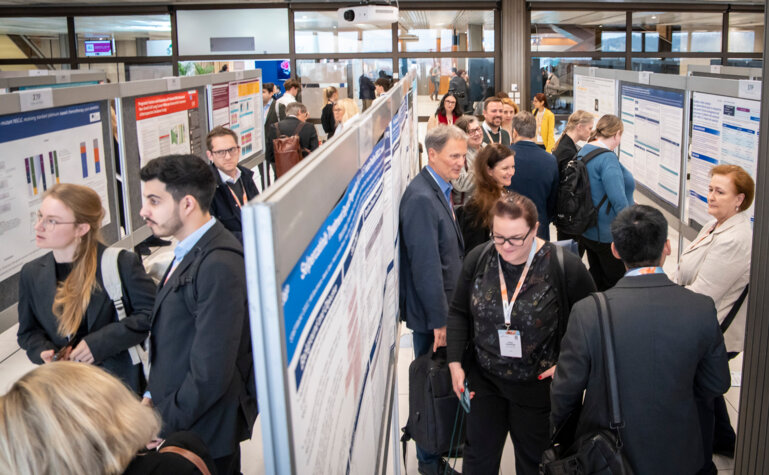
Are ADCs in lung cancer living up to expectations?
High rates of adverse events in the experimental setting seem to limit the potential of antibody–drug conjugates for patients with NSCLC

Incorporating ctDNA into clinical trial design
ctDNA offers immense possibilities for improving the management of early-stage lung cancer and the area is primed for new trials to test this approach in the context of minimal residual disease

How can proteomics aid the study of lung cancer in never smokers?
Personalised proteogenomics has the power to transform the identification, staging and management of NSCLC in never smokers
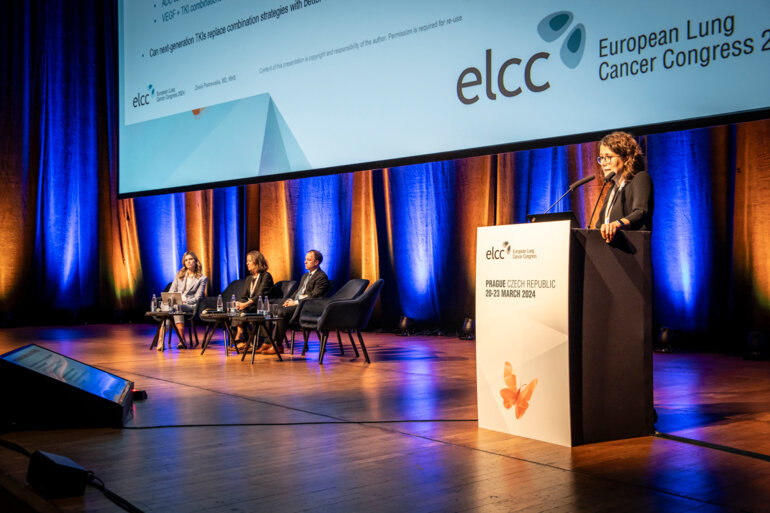
Post-progression data confirm the benefits of novel combinations for EGFR-mutated NSCLC
Analyses of FLAURA2, MARIPOSA and MARIPOSA-2 trials provide further guidance on treatment choices for advanced lung cancer, but questions remain about optimal sequencing
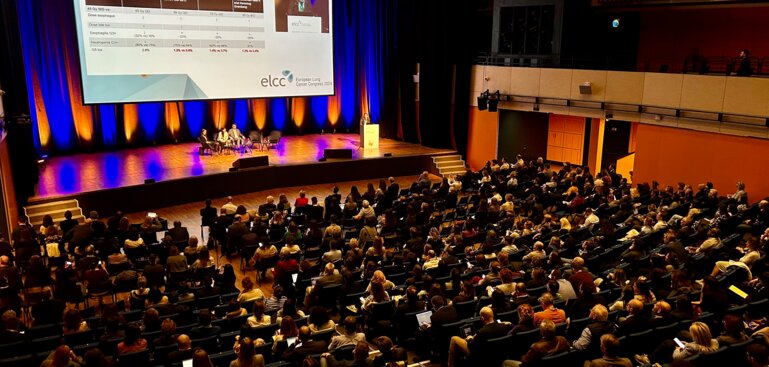
Could subcutaneous administration become the standard for immunotherapy?
Two studies add further evidence of the advantages of this route for delivering immune checkpoint inhibitors for patients and healthcare sustainability

Promising efficacy data reported for a targeted agent harbouring a MET alteration in NSCLC
Efficacy for savolitinib in patients with MET exon 14 alterations is in line with that for other MET tyrosine kinase inhibitors, but safety profile is different

Europe cannot afford to wait any longer for cleaner air
Despite recent progress, lung cancer remains deadly and difficult to treat — and preventable, to a much greater extent with the right actions to improve the quality of the air we breathe
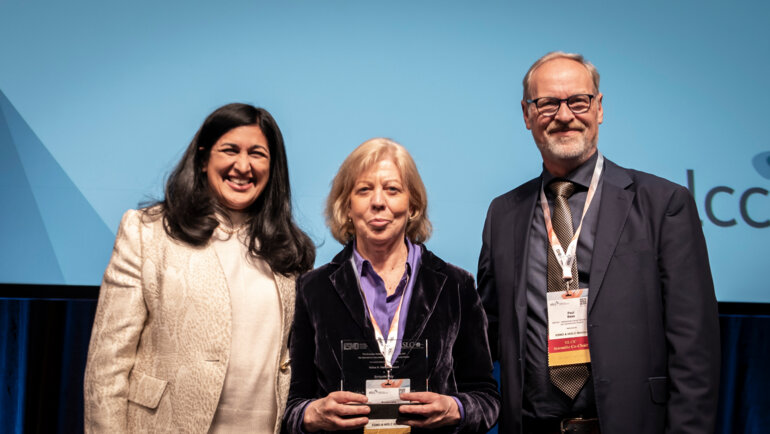
How ‘precise’ has lung cancer treatment become?
Precision oncology is evolving from advanced to early-stage NSCLC, highlights Prof. Enriqueta Felip in her Heine H. Hansen Award lecture at ELCC 2024


